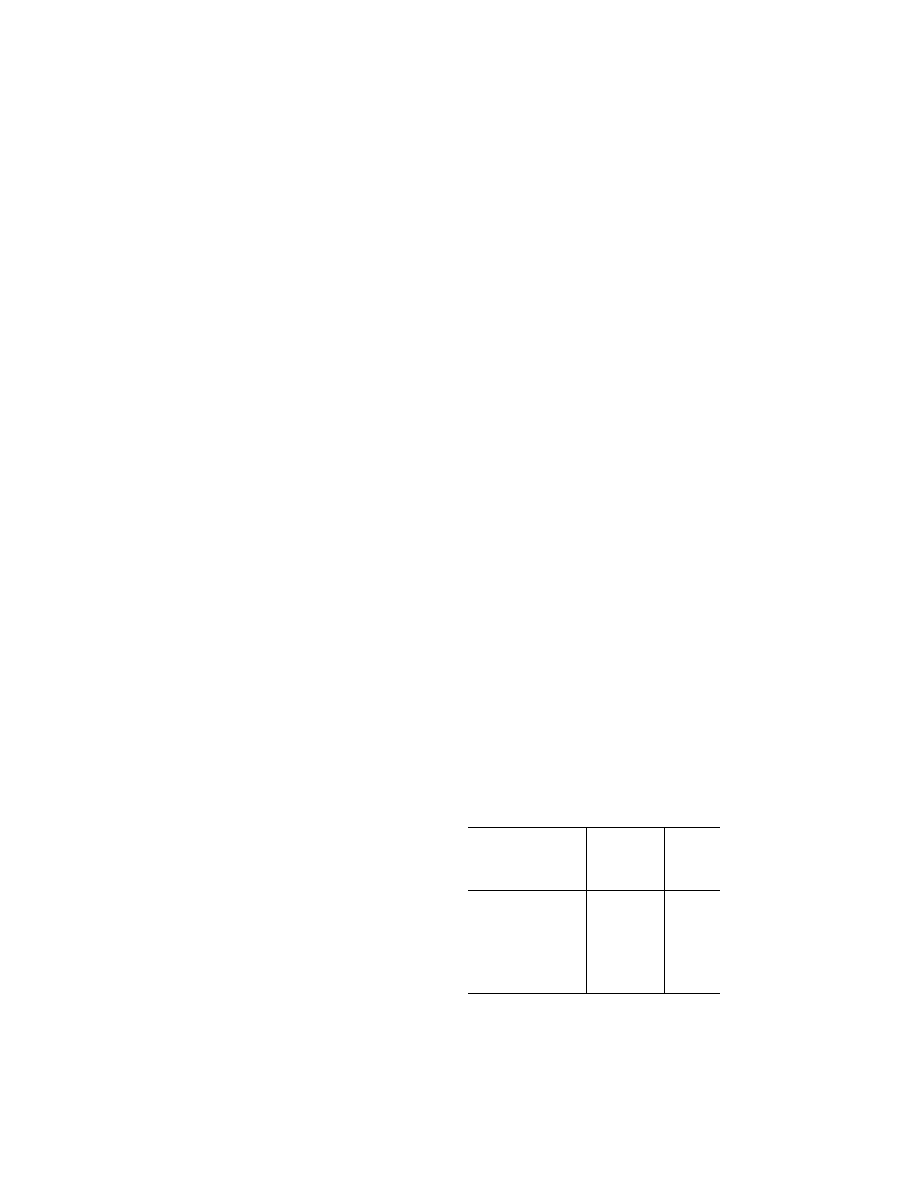
217
Federal Aviation Administration, DOT
§ 23.397
paragraph (a) of this section at the
speeds and corresponding device posi-
tions that the mechanism allows.
[Amdt. 23–7, 34 FR 13089, Aug. 13, 1969]
C
ONTROL
S
URFACE AND
S
YSTEM
L
OADS
§ 23.391
Control surface loads.
The control surface loads specified in
§§ 23.397 through 23.459 are assumed to
occur in the conditions described in
§§ 23.331 through 23.351.
[Doc. No. 4080, 29 FR 17955, Dec. 18, 1964, as
amended by Amdt. 23–48, 61 FR 5145, Feb. 9,
1996]
§ 23.393
Loads parallel to hinge line.
(a) Control surfaces and supporting
hinge brackets must be designed to
withstand inertial loads acting parallel
to the hinge line.
(b) In the absence of more rational
data, the inertial loads may be as-
sumed to be equal to KW, where—
(1) K=24 for vertical surfaces;
(2) K=12 for horizontal surfaces; and
(3) W=weight of the movable surfaces.
[Doc. No. 27805, 61 FR 5145, Feb. 9, 1996]
§ 23.395
Control system loads.
(a) Each flight control system and its
supporting structure must be designed
for loads corresponding to at least 125
percent of the computed hinge mo-
ments of the movable control surface
in the conditions prescribed in §§ 23.391
through 23.459. In addition, the fol-
lowing apply:
(1) The system limit loads need not
exceed the higher of the loads that can
be produced by the pilot and automatic
devices operating the controls. How-
ever, autopilot forces need not be added
to pilot forces. The system must be de-
signed for the maximum effort of the
pilot or autopilot, whichever is higher.
In addition, if the pilot and the auto-
pilot act in opposition, the part of the
system between them may be designed
for the maximum effort of the one that
imposes the lesser load. Pilot forces
used for design need not exceed the
maximum forces prescribed in
§ 23.397(b).
(2) The design must, in any case, pro-
vide a rugged system for service use,
considering jamming, ground gusts,
taxiing downwind, control inertia, and
friction. Compliance with this subpara-
graph may be shown by designing for
loads resulting from application of the
minimum forces prescribed in
§ 23.397(b).
(b) A 125 percent factor on computed
hinge moments must be used to design
elevator, aileron, and rudder systems.
However, a factor as low as 1.0 may be
used if hinge moments are based on ac-
curate flight test data, the exact reduc-
tion depending upon the accuracy and
reliability of the data.
(c) Pilot forces used for design are as-
sumed to act at the appropriate control
grips or pads as they would in flight,
and to react at the attachments of the
control system to the control surface
horns.
[Doc. No. 4080, 29 FR 17955, Dec. 18, 1964, as
amended by Amdt. 23–7, 34 FR 13089, Aug. 13,
1969]
§ 23.397
Limit control forces and
torques.
(a) In the control surface flight load-
ing condition, the airloads on movable
surfaces and the corresponding deflec-
tions need not exceed those that would
result in flight from the application of
any pilot force within the ranges speci-
fied in paragraph (b) of this section. In
applying this criterion, the effects of
control system boost and servo-mecha-
nisms, and the effects of tabs must be
considered. The automatic pilot effort
must be used for design if it alone can
produce higher control surface loads
than the human pilot.
(b) The limit pilot forces and torques
are as follows:
Control
Maximum forces
or torques for
design weight,
weight equal to
or less than
5,000 pounds
1
Minimum
forces or
torques
2
Aileron:
Stick ................................
67 lbs ................
40 lbs.
Wheel
3
............................
50 D in.-lbs
4
.....
40 D in.-
lbs.
4
Elevator:
Stick ................................
167 lbs ..............
100 lbs.
Wheel (symmetrical) .......
200 lbs ..............
100 lbs.
Wheel (unsymmetrical)
5
...........................
100 lbs.
Rudder ................................
200 lbs ..............
150 lbs.
1
For design weight (W) more than 5,000 pounds, the speci-
fied maximum values must be increased linearly with weight
to 1.18 times the specified values at a design weight of
12,500 pounds and for commuter category airplanes, the
specified values must be increased linearly with weight to
1.35 times the specified values at a design weight of 19,000
pounds.
VerDate Mar<15>2010
10:12 Mar 18, 2014
Jkt 232046
PO 00000
Frm 00227
Fmt 8010
Sfmt 8010
Y:\SGML\232046.XXX
232046
pmangrum on DSK3VPTVN1PROD with CFR